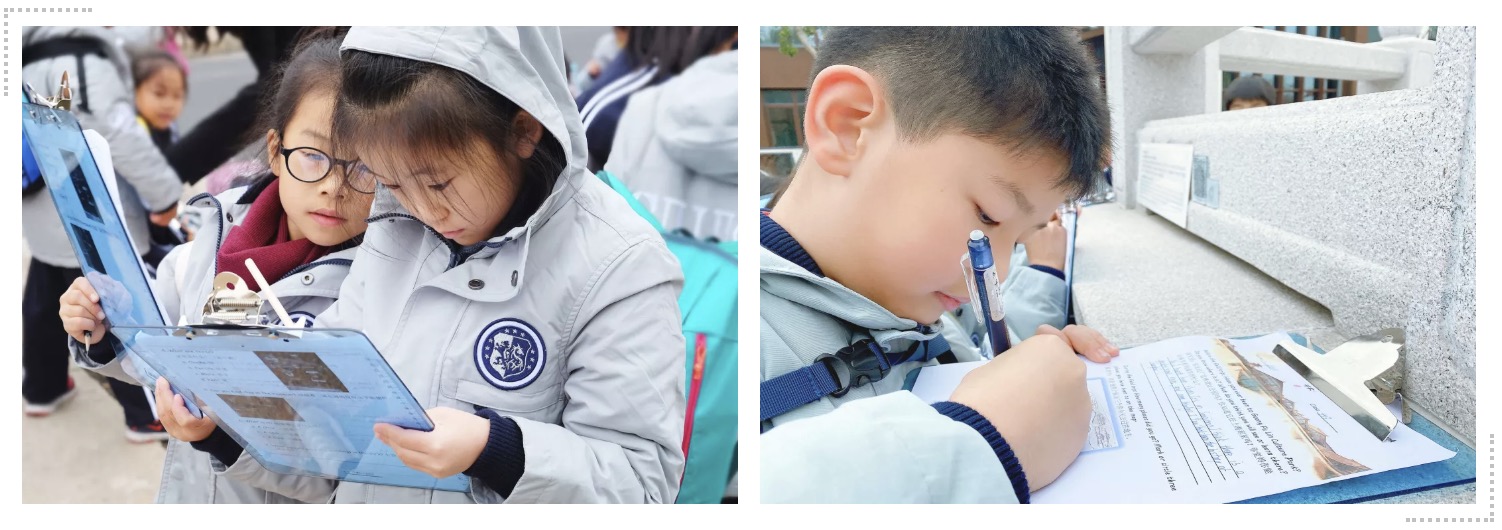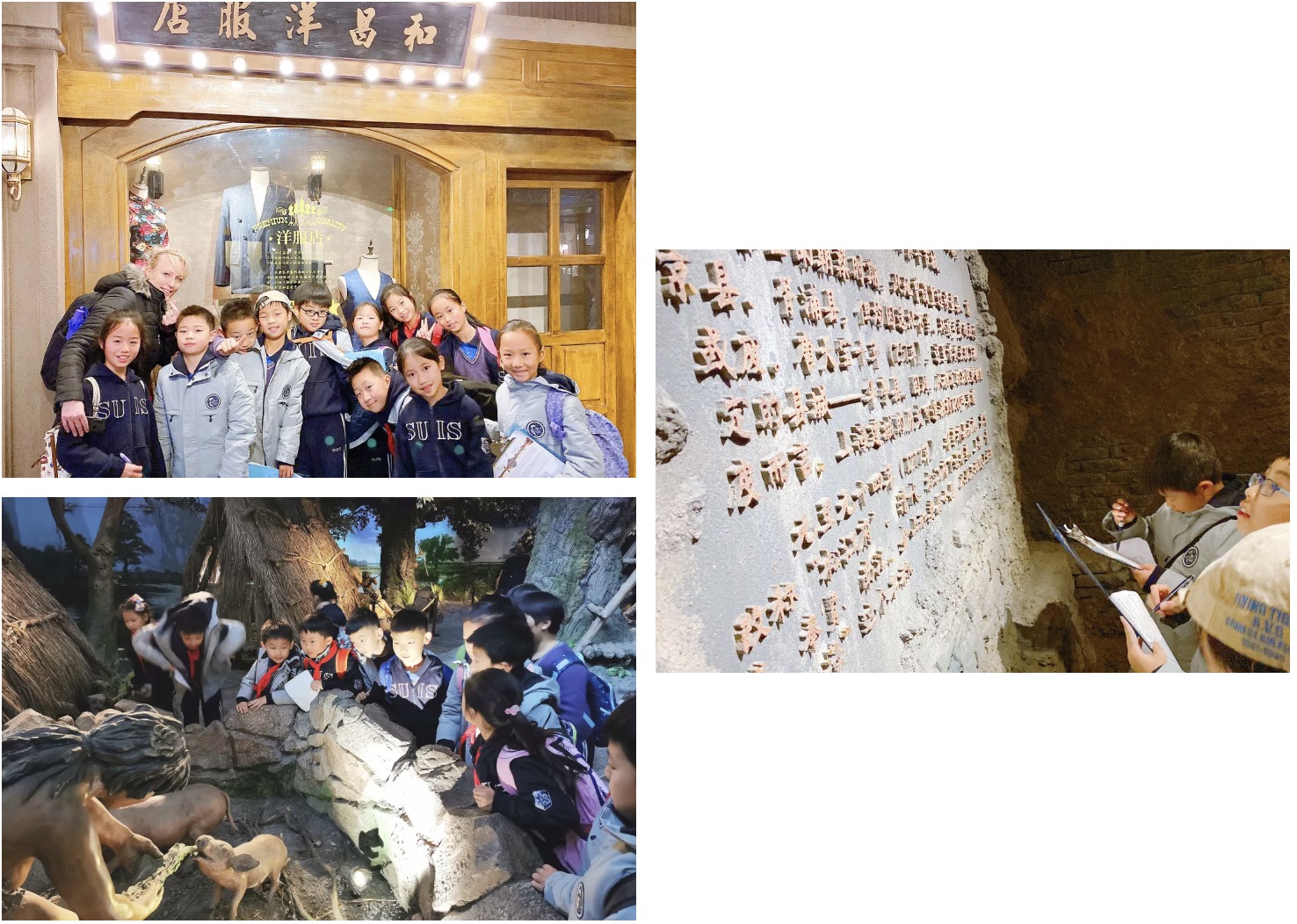
![]()
Last Friday, our primary students visited Guangfulin Cultural Park for the inquiry into finding the historical roots of Shanghai.
![]()

![]()
The aborigine society is divided into 3 types, Songze Culture, Liangzhu Culture and Guangfulin Culture, which are the cultural antecedants of New Stone Era in Tai Lake area. The park is comprised of multiple exhibition halls, temples and tombs. Immersing themselves in history, students took a journey to the past, looked for the origins of Shanghai and recorded what they found.
![]()



![]()
Grade 1 students were tasked to observe their surroundings and identify culturally-significant markers throughout the park. Students also recorded the differences in the ways Shanghai indigenous people lived over time. Grade 2 students used their knowledge of traditional structures to identify key buildings along the route. The students could record what they learned from the adventurous day and suggest other places they might want to visit. Grade 3 students used the cultural site as a learning tool to guide their writing in a narrative activity for our ELA class. Students recorded parts of their day and will have to revisit their notes to add in certain elements of a narrative such as setting, characters and problem & solutions. Grade 4 students marked where they had visited on the map of park, and they drew one of the things that impressed them the most for an introduction and the reflections on inquiry.
![]()



![]()
There are wax statues, life-size models of shops, interesting display boards… It was like riding in a time machine. Children learnt the origins and history of Shanghai and how our ancestors lived.
![]()

![]()
A towering tree is rooted to the soil. The development of Shanghai is rooted to the culture. And the children’s learning is rooted to different kinds of inquiry.


